7 historic buildings built within the world’s oldest Chinatown—Binondo
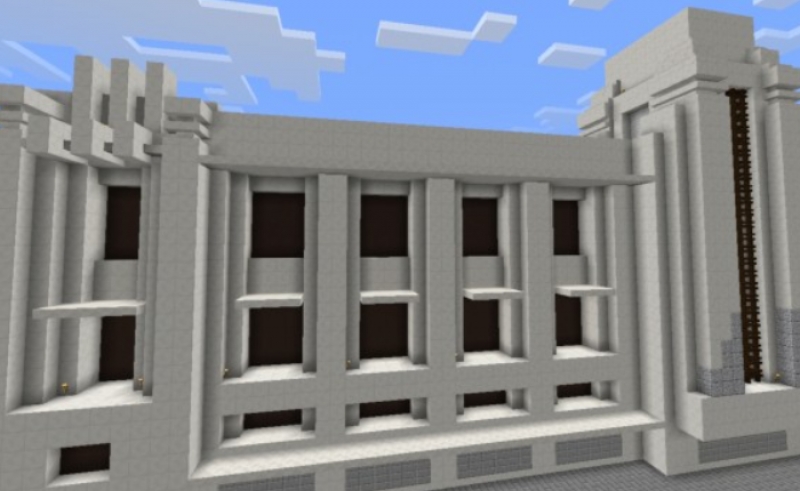
Binondo is noted as the oldest Chinatown in the world. Aside from its strategic geographic location, the site has flourished with its colorful and interesting history, since its establishment in 1594.
Though the name is not actually derived from a Chinese word (it was from its old Tagalog name Binundok, which referred to its once hilly terrain), it became synonymous with the rise of Chinese-Filipino (Chinoy) culture in the country.
The area was originally appropriated by Governor Luis Perez Dasmarinas, who offered the site to baptized Chinese traders at that time so they could live and work freely and eventually intermarry with Filipino women. It was distinguished from the nearby Parian site, which was assigned to shelter non-baptized Chinese in the old Manila.
Binondo has survived drastic changes in colonial rule, a disastrous world war, and numerous natural calamities. Interestingly, many of the old edifices built in the community still stand up to this day, though most of those have already been converted to suit different purposes.
Architect, historian, and professor Lorelei de Viana, Ph.D. gave more interesting bits of Binondo’s history through the first installment of the webinar series ‘Chinatown Portals,’ a three-part online event organized by Chinatown Museum in collaboration with Bahay Tsinoy.
“Binondo’s heritage ad relics from the past should serve as a reference, guide, and link to the current generation to better understand its history and its present,” said de Viana, the author of the book ‘Three Centuries of Binondo Architecture.’
De Viana identified the most important historical landmarks in the old Chinatown during the webinar held on October 3, 2020. Here are seven of the most notable from her list. Most are still standing up (or restored) to this day.
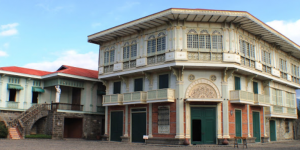
Photo from Wikimedia Commons
1. Don Lorenzo del Rosario House
Also known as Casa Bizantina, this structure was built in 1890. The house was designed by Catalan architect Joan Josep Jose Hervas for its owner Don Lorenzo del Rosario. Before it became a house museum, it served as the pre-war site of the University of Manila. It was originally constructed along Madrid Street but was entirely restored and relocated to a theme park in Bagac, Bataan owned by Jose Acuzar in 2009. Now, it is what we know as Las Casas Filipinas de Acuzar.
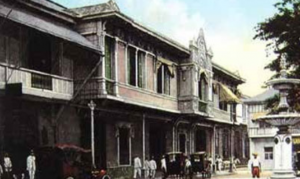
2. Banco Espanol Filipino
Plaza Cervantes, the birth site of Banco Espanol Filipinas de Isabel II, now Bank of the Philippine Islands, served as a hub of many banking institutions in pre-war Manila. The bank is in history was the first-ever bank established in Manila and in entire Southeast Asia.
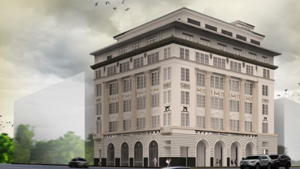
Photo from China Bank website
3. China Banking Corporation Building
The first China Banking Corporation building served not just as the home of the now 100-year-old bank but also as the original home of the Chinese Chamber of Commerce. The old building is now undergoing a restoration process, initiated by the bank.
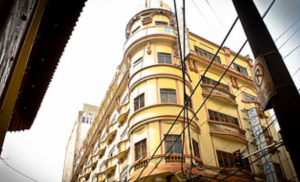
Photo from Flickr (Anne Legaspi)
4. Uy Chaco Building
One of the first high-rise structures in Binondo, the six-story building was completed in 1914 and is still standing up to this day. It was constructed to house the hardware firm Uy-Chaco and Sons, an old company that was into importation and distribution of imported construction supplies. Also located in the vicinity of Plaza Cervantes, Uy Chaco Building is now housing Philtrust Bank.
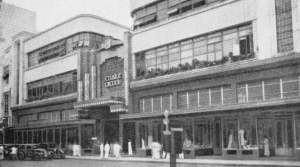
Photo from Wikimedia Commons
5. Crystal Arcade
Designed by Andres Luna de San Pedro (an architect and son of artist Juan Luna) and completed in 1932, the structure is in history as the home of the old Manila Stock Exchange, the first bourse market in the country. During its heydays, Crystal Arcade was considered an avant-garde because of its interesting design.
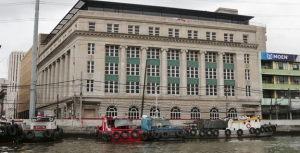
Photo from Wikimedia Commons
6. Juan Luna Building
What is now called the Juan Luna Building used to be known as the Pacific Commercial Company Building or the National City Bank Building. It was completed in 1922 from an edifice design by Murphy, McGill, and Hamlin of New York and Shanghai.
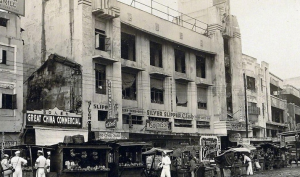
Photo from Wikimedia Commons
7. Capitol Theater
The art deco theater designed by National Artist Juan Nakpil was completed in 1935 along Escolta Street. The old movie house is in history for being the first-ever airconditioned theater in the Philippines.
To learn more about Binondo and its historic past, visit the website of Chinatown Museum. The physical museum, located inside Megaworld Lifestyle Malls’ Lucky Chinatown Mall, is currently temporarily closed due to the pandemic. Launched on June 7, 2019, Chinatown Museum is Megaworld’s second project that promotes culture and heritage, following a contemporary art museum it opened in 2018 in Iloilo City.
Chinatown Museum’s partner, Bahay Tsinoy, on the other hand, focuses on the legacy and lives of Chinoys in the country. The two museums are intended to complement each other.
*Cover photo is a Minecraft Mine created by user rem6xdeato

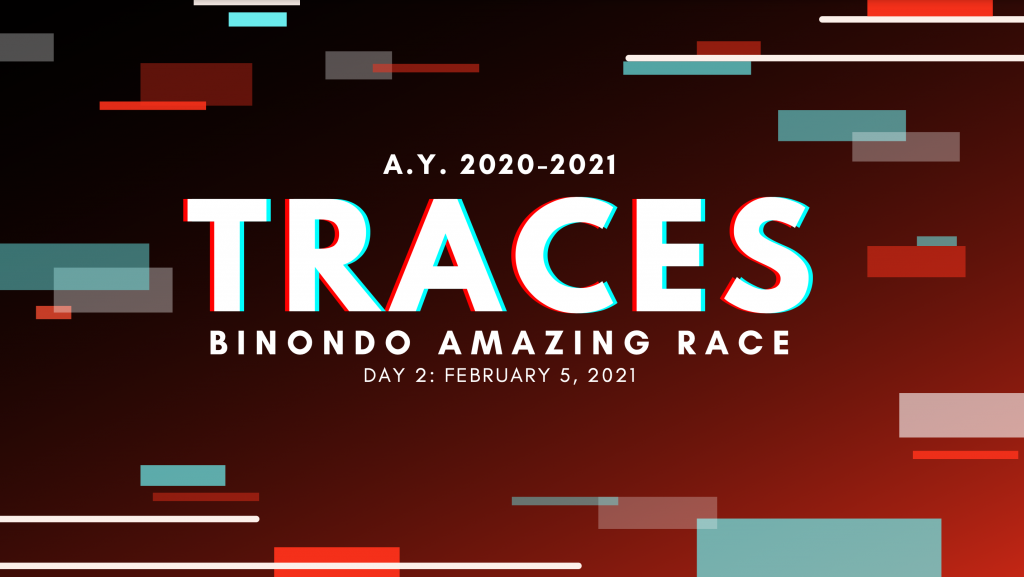
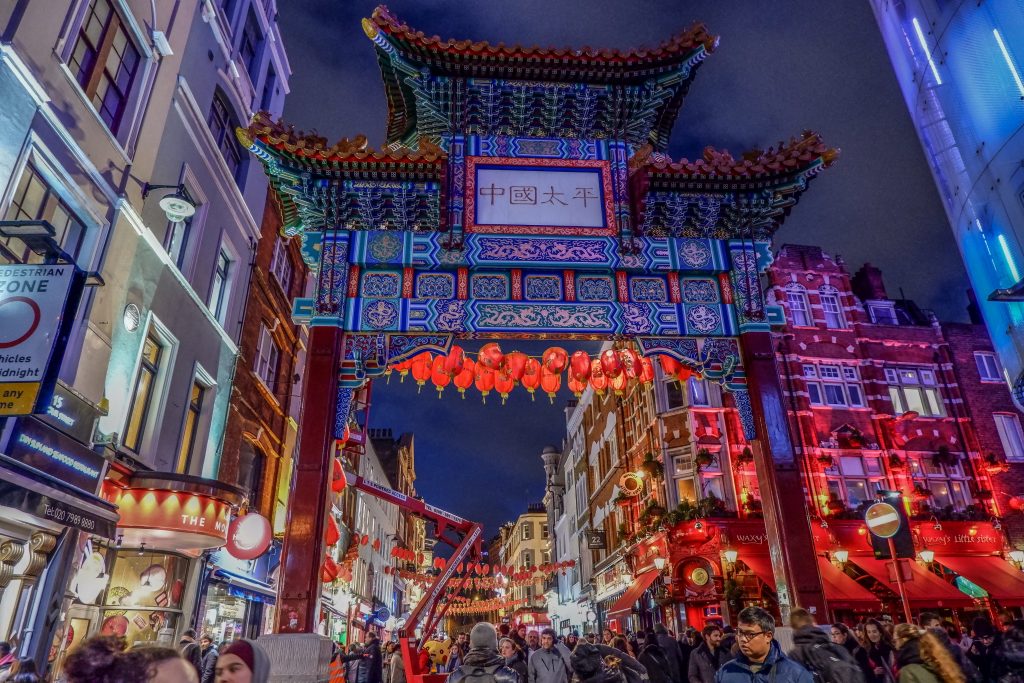
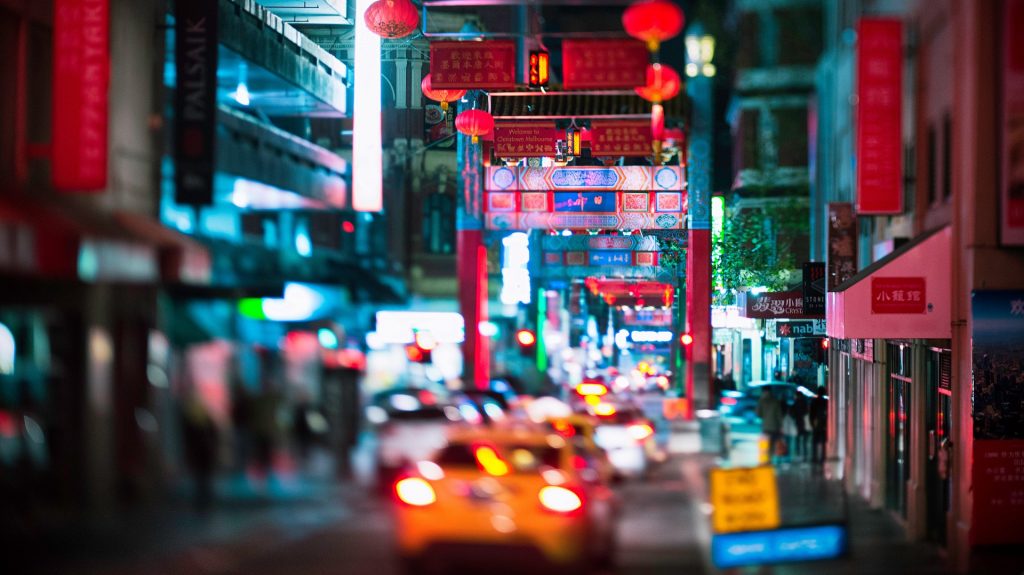
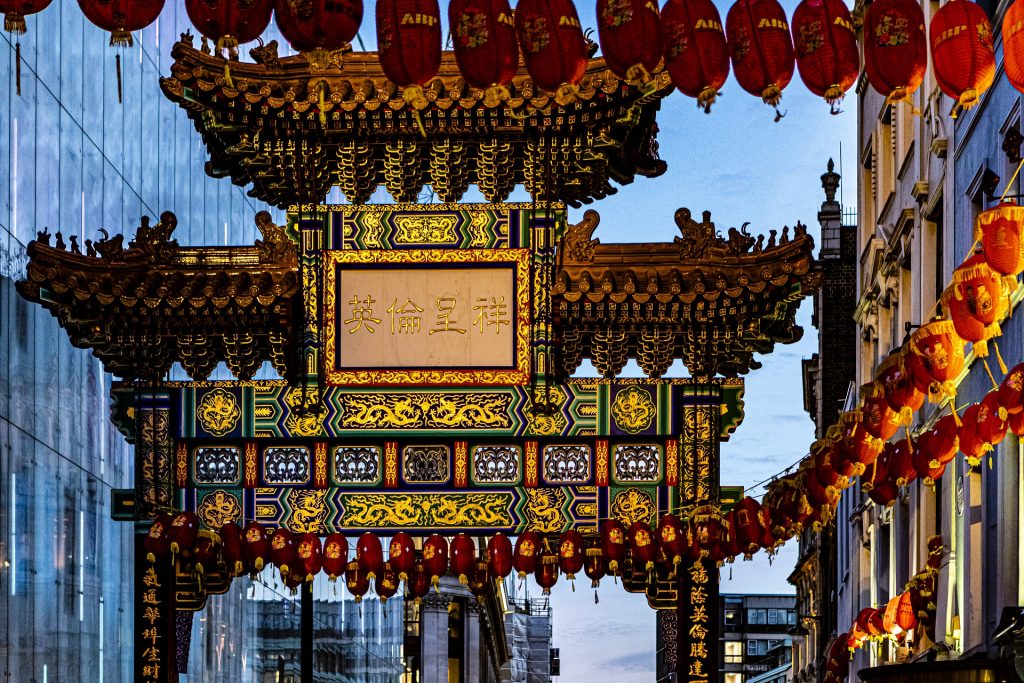
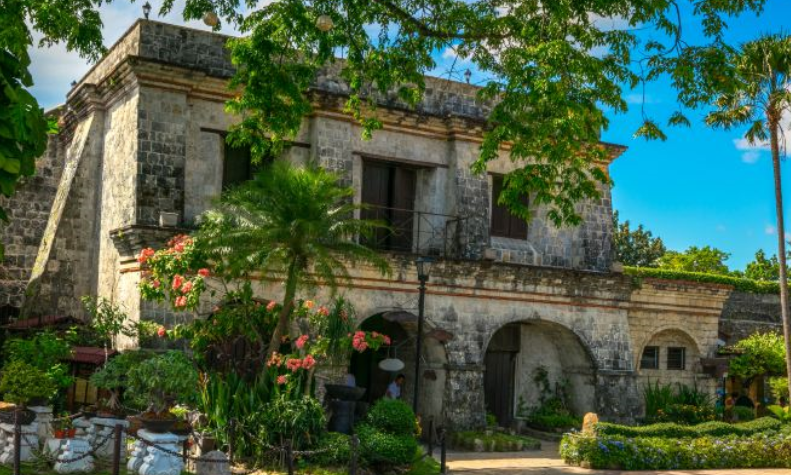

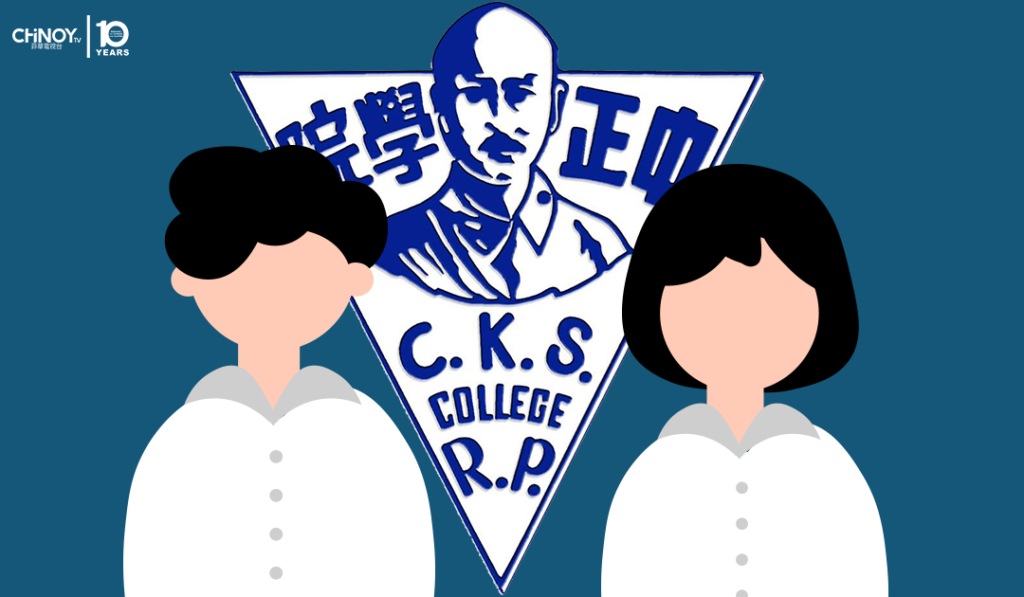
One thought on “7 historic buildings built within the world’s oldest Chinatown—Binondo”